Nevada’s spirit is built on wide-open landscapes, resilient communities, and inventive arts scenes that rarely make postcards. Visitors bring energy and revenue, yet some habits chip away at the state’s character and long-term health. This guide unpacks real issues locals and researchers are talking about, along with simple fixes travelers can apply right now. If you care about keeping Nevada special, these insights will help you enjoy more while doing less harm.
1. Strain on Reno’s public art scene
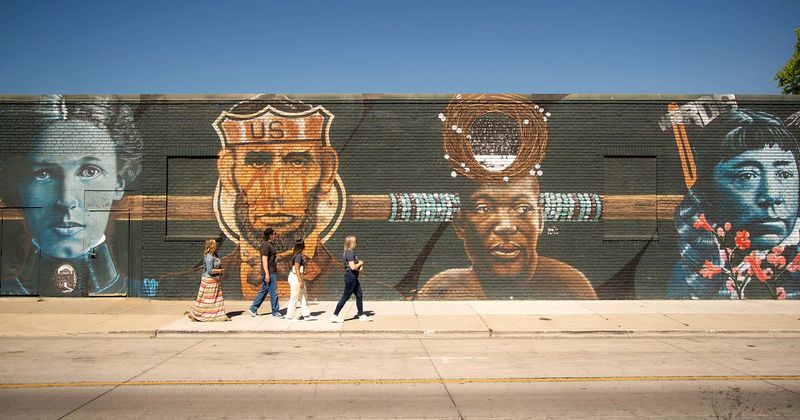
Reno’s arts identity is year-round, supported by local makers, murals, and the Nevada Museum of Art. Visitor interest has grown alongside events and riverfront development, but crowd pressure sometimes leads to mural tagging, blocked studio access, and rushed pop-up markets that undercut local vendors.
The city encourages self-guided mural walks, respectful photography, and buying directly from artists through verified galleries and fairs. Travelers can check event calendars, avoid stepping on installations, and ask before photographing people at work.
Supporting non-profit spaces keeps programming robust. Nevada’s creative economy is resilient, and thoughtful tourism helps pay artists fairly while keeping the Riverwalk and Midtown vibrant for residents and guests alike.
2. Noise creep on the Black Rock playa
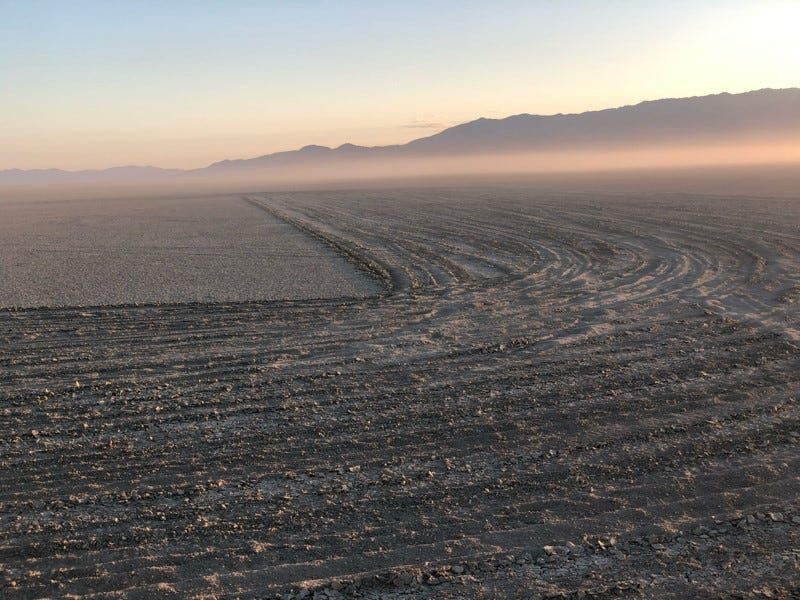
The Black Rock Desert is known for vast silence, starry nights, and seasonal events that require strict leave-no-trace principles. Outside of permitted festivals (like Burning Man), unauthorized large gatherings and amplified sound have increased, disturbing wildlife and diminishing the solitude that Nevadans celebrate.
The playa’s fragile surface is easily scarred by vehicles and camp setups after precipitation. Checking BLM permits, avoiding wet playa travel, and using low-impact camping techniques are essential. Travelers should pack out all gray water and micro debris, follow speed limits, and keep sound contained.
Local groups publish playa conditions and weather alerts that help visitors avoid causing ruts. Quiet use keeps Nevada’s remote character intact and supports ongoing access.
3. Overcrowding on Red Rock Canyon trails
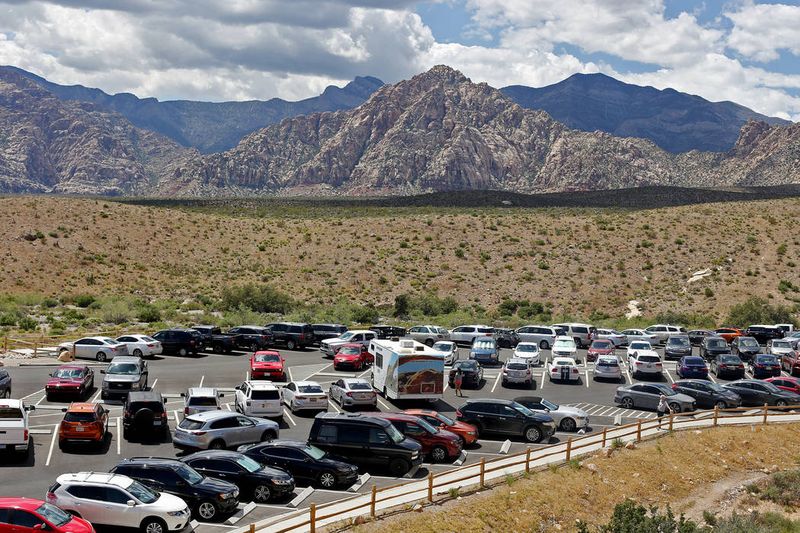
Red Rock Canyon National Conservation Area sits minutes from Las Vegas, making it a magnet for casual hikers and social media seekers. Park staff and local groups report trail braiding, crushed cryptobiotic soils, and frequent rescues tied to off-route wandering and heat.
Nevada’s outdoor culture values preparation and Leave No Trace, yet congestion around Calico Hills and Ice Box Canyon strains that ethic. Visitors can help by sticking to marked paths, avoiding peak heat, and using lesser-known loops like White Rock.
Parking in designated lots and packing out micro-trash matters more than it seems. Checking current conditions from the Bureau of Land Management before heading out keeps the landscape and the experience intact.
4. Disrespect at Valley of Fire petroglyphs
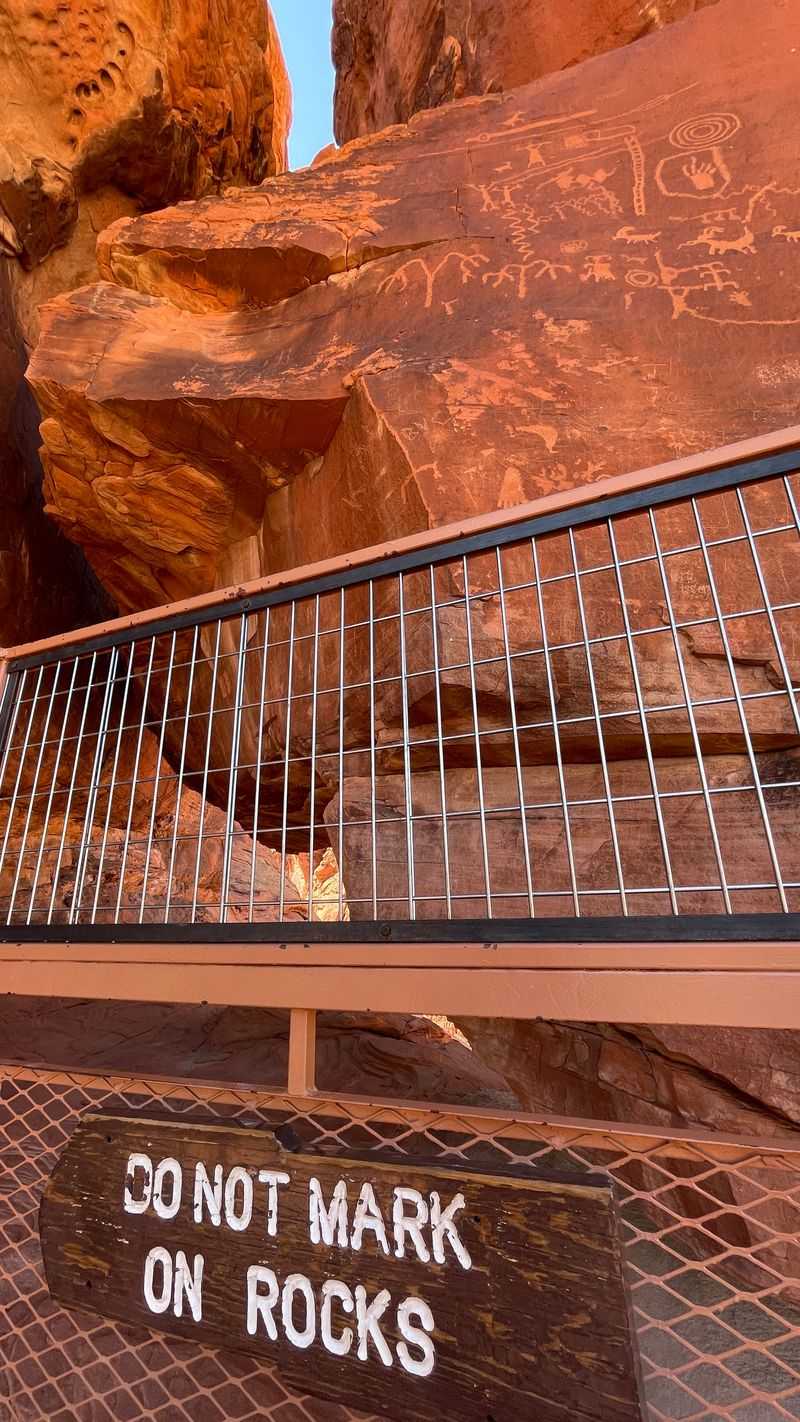
Valley of Fire State Park protects petroglyphs created by Indigenous peoples centuries ago. Rangers continue to report etching over rock art and climbing on panels, which accelerates erosion and erases irreplaceable history.
Nevada’s heritage includes stewardship led by Tribal voices and archaeologists who ask visitors to view but never touch. Staying on boardwalks near Atlatl Rock, avoiding chalk or water tracing, and using long lenses for photos all protect the art.
Educational signage explains why oils from hands degrade surfaces. Tourists can also time visits for quieter hours and join ranger talks to learn context. Respecting closed areas keeps fragile sites intact for future generations and preserves trust between visitors and local communities.
5. Trampling wildflowers at Mount Charleston
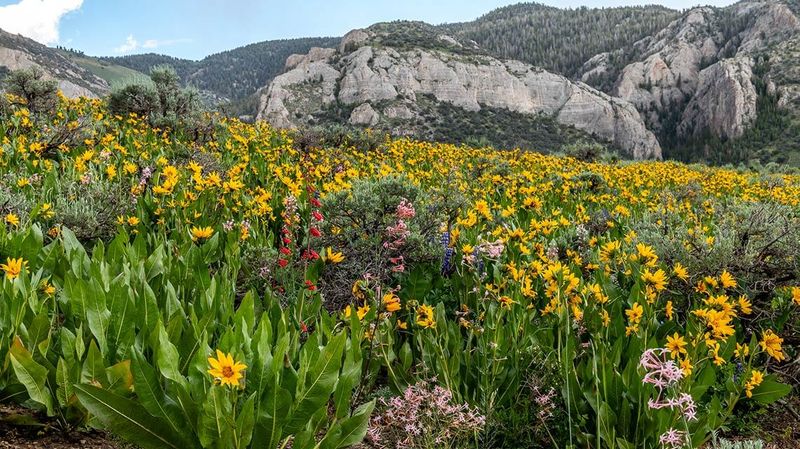
Spring and early summer bring delicate blooms and rare bristlecone pines to the Spring Mountains National Recreation Area. Social trails around Lee Canyon and Cathedral Rock have multiplied as visitors step off path for photos, compacting soil and damaging root systems.
Nevada’s mountain communities promote restoration days, but prevention is easier than repair. Staying on durable surfaces, skipping drone flights near wildlife, and rotating to boardwalk-friendly trails help protect habitats. Visitors can park at designated lots and use shuttle options when offered to reduce roadside impacts.
Checking real-time weather and fire restrictions keeps everyone safer. Small choices add up, preserving alpine meadows that define Nevada’s high-country identity within minutes of a major city.
6. Overuse at hot springs on public lands
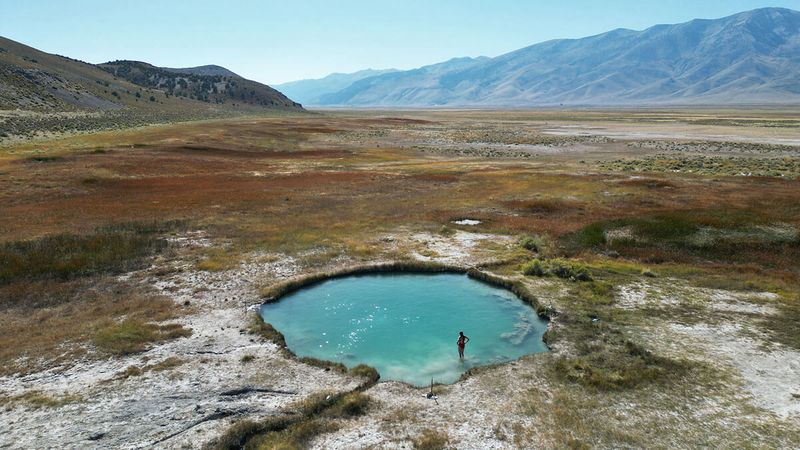
Nevada’s dispersed hot springs attract travelers seeking quiet soaks. Unofficial camps and soap use have led to algae blooms, litter, and damaged tubs at places like Spencer Hot Springs and Fish Lake Valley.
Land managers and volunteer groups ask visitors to avoid shampoos, keep dogs out of pools, and camp at least a short distance from water sources. Checking land status, pack-in pack-out plans, and seasonal road conditions is critical. Carpooling reduces road wear on fragile two-tracks. Leaving structures, gates, and valves as found prevents system failures.
With a few careful habits, tourists can enjoy Nevada’s geothermal wonders without degrading water quality or spoiling the low-key culture locals work to maintain.
7. Light pollution near Great Basin National Park
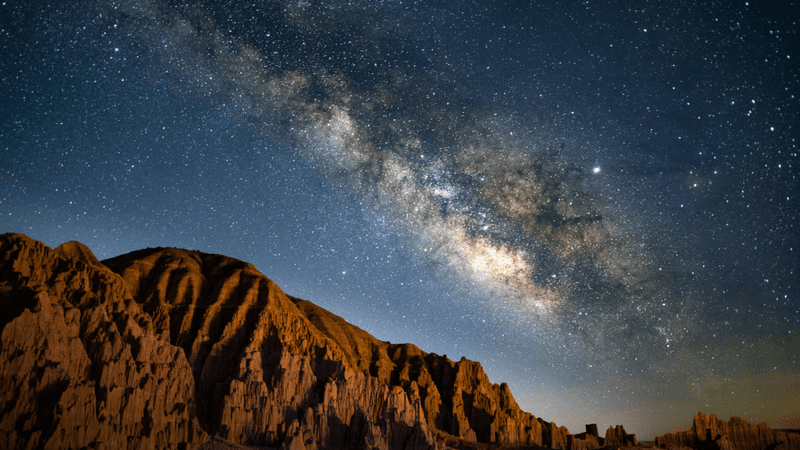
Great Basin National Park is an International Dark Sky Park known for crisp Milky Way views and astronomy programs. Increased short-term rentals and roadside camping outside the park have added stray lights that wash out skies and confuse nocturnal wildlife.
Nevada agencies promote shielded fixtures and low-lumen bulbs, and visitors can help by using red lights and closing blinds at night. Stargazers should attend ranger talks to learn best practices and current viewing forecasts. Turning off car lights when safely parked and avoiding drone use after dusk also helps.
Protecting darkness preserves the park’s science education programs and the unique rural character of eastern Nevada’s night.
8. Cultural shortcuts in Virginia City
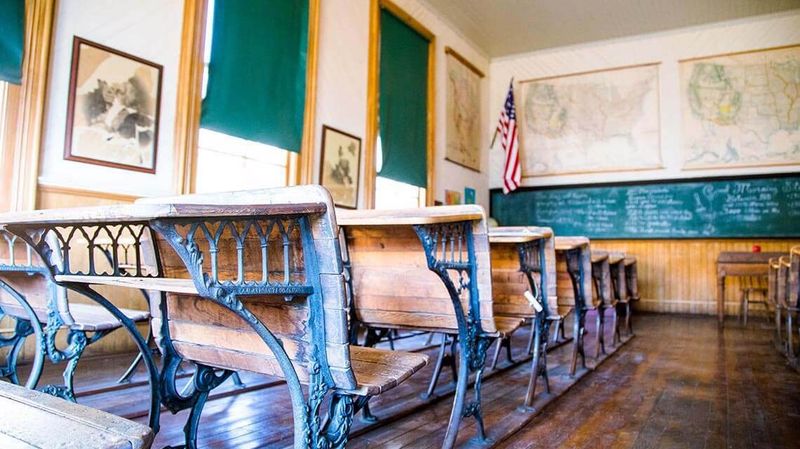
Virginia City’s living history depends on preserved architecture, active mines-turned-museums, and community-led events. Heavy weekend traffic can lead to costume-only photo ops and sidewalk congestion that overshadow museum visits and guided tours.
Locals encourage deeper engagement through the Fourth Ward School Museum, the Comstock History Center, and cemetery walks that explain the boom-and-bust era. Buying from historic boardwalk shops, staying on wooden sidewalks, and respecting private property help maintain authenticity.
Visitors can check event schedules to spread out crowds and learn from docents who keep Nevada’s mining story accurate. Choosing context over quick snapshots supports a town that is more than a backdrop.
Dear Reader: This page may contain affiliate links which may earn a commission if you click through and make a purchase. Our independent journalism is not influenced by any advertiser or commercial initiative unless it is clearly marked as sponsored content. As travel products change, please be sure to reconfirm all details and stay up to date with current events to ensure a safe and successful trip.